We are lucky in the UK to have only a few plants that need caution when it comes to touching. Through this post we’ll look at Toxic Plants that affect you when touched.
As beginners, it’s good to start with the main ones to avoid so you can be on alert for them on your forays!
Here is a compiled list of those very plants that are well-known.
Keeping a pair of gloves ready in your backpack is really handy.
The problems mostly arise when there’s contact the sap or excessive handling but everyone has different sensitivity so you may want to avoid them completely or make sure you wear gloves when handling. Happy foraging!
Each species has a link to our detailed ID guide
The skin burner Toxic Plants
These plants contain phototoxic compounds called furanocoumarins that damage your skin’s natural UV protection and can lead to 3rd-degree burns when exposed then to sunlight. The examples here are from the carrot family, there are a few in this family with this feature so best to be a little cautious with all of them but these are the main ones below.
Giant hogweed Heracleum Sphondylium
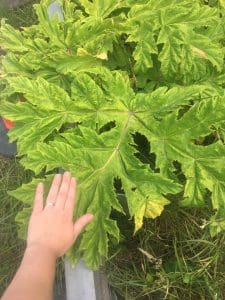
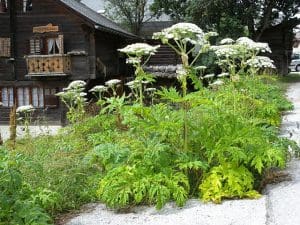
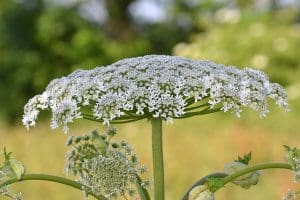
Quite rightly at the top of the list! One to avoid completely, people have suffered burns from merely brushing past Giant Hogweed. Beastly and magnificent with an infamous skin burning sap to match its intimidating presence. Fortunately with its humongous pointy leaves and red blotchy stem that is often covered in spiky hairs, it will instantly give a cause for pause in most people.
4-6m tall in full growth, huge lobed leaves with jagged pointy edges hairless on top, cluster of white flowers bigger than a dinner plate. Round leaf stem.
These two below also contain furanocoumarins but in lesser amounts. These are edible so often collected by foragers, although they don’t affect everyone, caution should be exercised when handling primarily with the sap.
Wild parsnips Pastinaca sativa
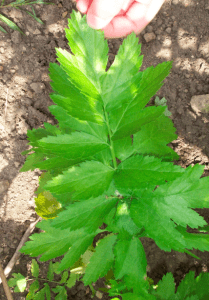
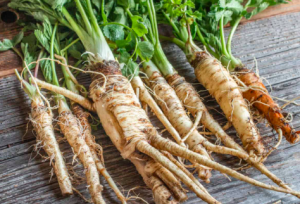
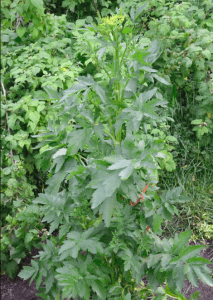
Bright green leaves pinnate once, serrated leaf margin, umbels of bright yellow flowers.
Common Hogweed Heracleum Sphondylium
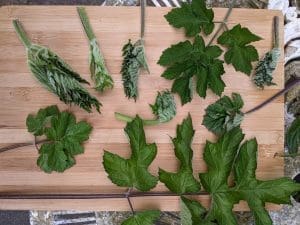
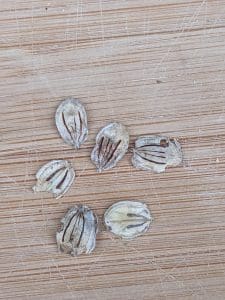
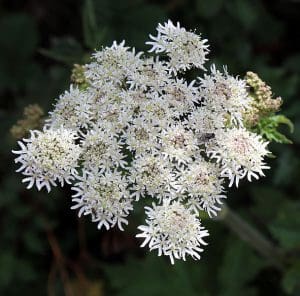
Leaves and stem hairy all over, once pinnate leaves with opposite lobed leaflets, grove down leaf stem, white flowers with each petal shaped like a V.
Highly Irritant Toxic Plants
For the careful forager these can be lightly touched with no consequence. Its the sap inside that would be exposed by injury or crushing that is the cause irritation.
Arum lily- Arum Maculatum also called Lords and ladies, Cuckoo-pint
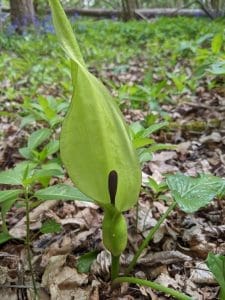
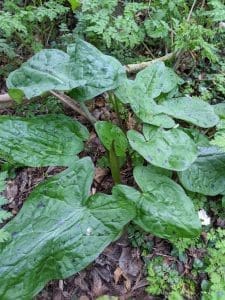
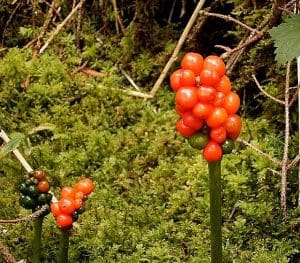
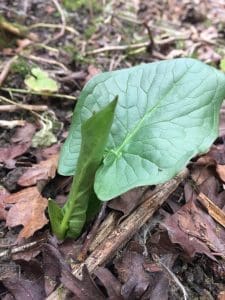
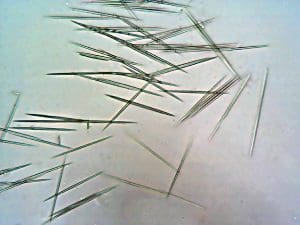
All parts of the Arum lily contain a mineral called calcium oxalate. These are like little shards of glass called Raphids, contact with these onto skin or especially eyes can cause tremendous irritation and burning. It is also poisonous to ingest and can cause swelling in the throat.
Euphorbia, common name Spurge
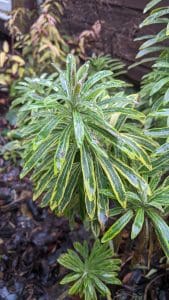
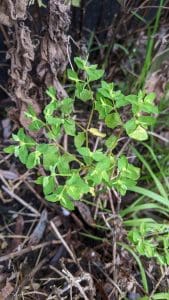
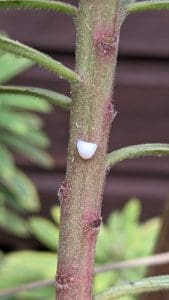
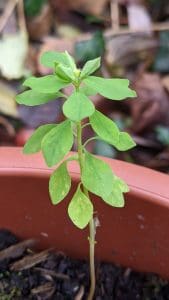
There are various wild and cultivated varieties. Narrow spear shaped leaves with a smooth leaf margin that whorl around the stem with lime or bright yellow flowers.
These are known for their caustic milky sap, which like arum lily’s makes them highly irritant if the sap comes into contact with skin and can even cause blindness if it gets in the eyes.
Issues that can be absorbed through the skin from these Toxic Plants
It is possible to absorb toxins from these deadly beauties below through your skin. Brushing them or briefly touching once is of little to no concern realistically for most people, but full or prolonged handling especially if you have cuts on your hands should be done with gloves. All are also potentially deadly to ingest.
Foxgloves Digitalis Purpurea. Also known as thimble flower, fairy gloves.
Rosette or alternate arrangement of spear shaped leaves with a shallow serrated edge and softly hairy. With a spike of bell shaped pink-purple flowers.
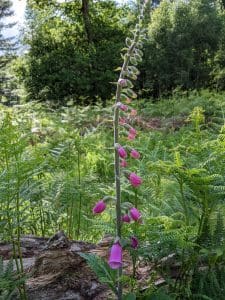
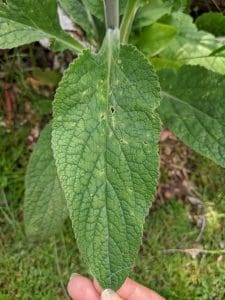
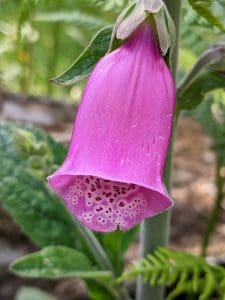
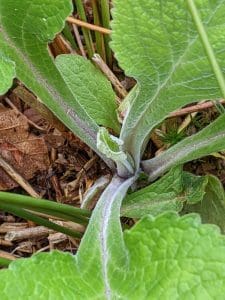
Contain toxic cardiac glycosides causing irregular heart functions, sickness, headaches.
Monks hood -Aconitum napellus also known as wolfsbane, adam and eve or devils helmet
Spikes of hooded blue-purple flowers, deeply lobed 5-7 section angular shaped leaves, hairless.
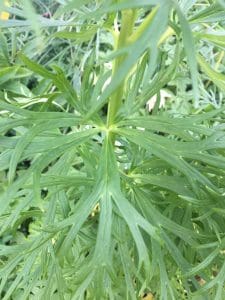
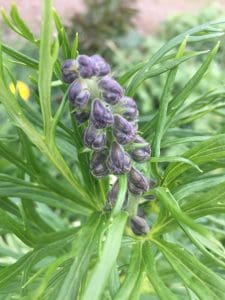
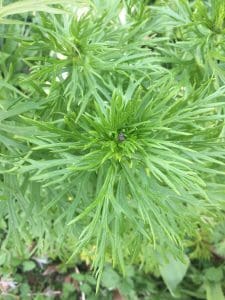
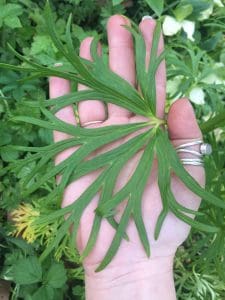
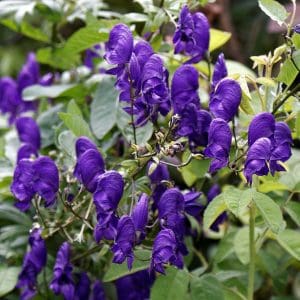
Contains several toxic compounds but mostly aconitine. Aconitine mainly affects the heart but also affects the nervous system. Was once used to poison arrow heads
Deadly nightshade- Atropa belladonna
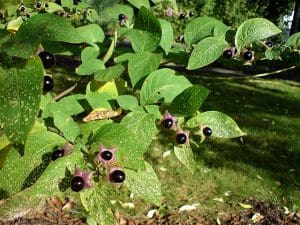
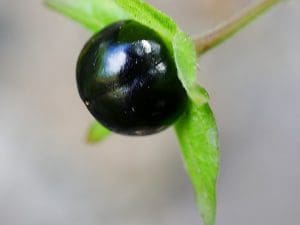
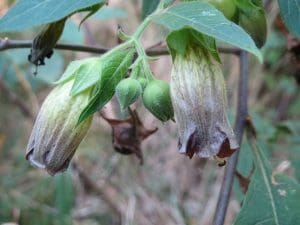
Green leaves are ovate, strongly ribbed and dull, purple-brown flowers and shiny black berries. It contains a mixture of Tropane alkaloids that affect the nervous system. Particularly Atropine which can affect breathing, increases heart rate and causes confusion to name a few.
Yew- Taxus Baccata.
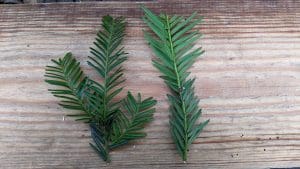
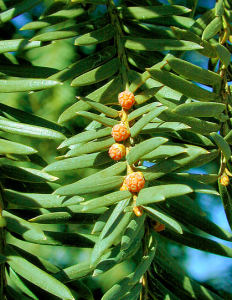
The only genus of conifers to be deadly poisonous. Small, flat, dark green needles, lacking the pair of silver lines on the back of the leaf which is present on other short needled conifers. reddish-purple tone bark and produces red berries as opposed to cones, lacks the forest/pine smells associated with conifers.
The Yew tree contains taxine, a toxic alkaloid which blocks important functions of the heart and causes cardiotoxicity. Taxine can be absorbed though the skin, furniture makers have fallen ill from working with yew wood. Bow makers in the middle ages used to have dead and rotten hands from working with it. Best to have very limited contact or wear gloves with this species and if carrying out wood work most definitely a mask as well.
You can get Infections from the thorns of these Toxic Plants…
There’s a number of plants that won’t burn you or even affect you straight away, however after they spike you they area of skin that’s been damaged can later become easily infected. It’s typically that the thorn has infectious pathogens on it already.
Do not take these lightly, one of our team members was spiked by a blackthorn bush in the face and was in hospital for a while with it.
Blackthorn Prunus spinosa
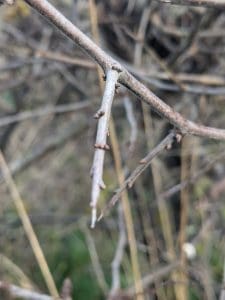
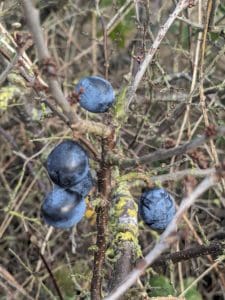
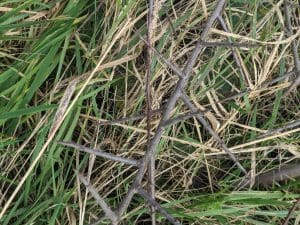
Small oval leaves with a shallow serration to the margin. white 5 petalled flowers from February-April. Dark bark with 2-4 inch thorns and the well known round dark blue fruits called sloes.
Be wary of the thorns – they host an array of microbes and can cause a very nasty infection if you get pricked by them. Don’t just ignore an infected wound from Blackthorn, seek medical attention.
Stinging Nettles!
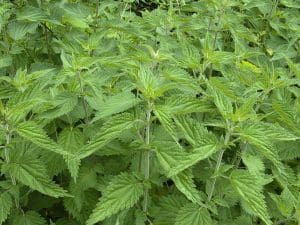
The little needle like hairs that inject you with formic acid, creating that very well known sting. Fortunately most of us are already very well aware of these from falling in patches of them as children.
Toxic Plants (or none) that can irritate sensitive individuals
There’s some plants that will cause issue to some and not to others, we class sensitive as those people who will most likely come out in rash if they change their washing powder or soap.
Daisy family – for example Dandelion, sow thistle and Ragwort
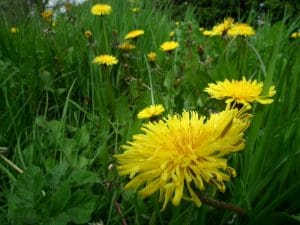
A feature of many species in this family is that they contain secondary metabolites called sesquiterpene lactones (SLs) that may cause sensitisation resulting in skin irritation and inflammation. If find you react to one species in this family it would be wise to be cautious with others as they could contain the same compound.
Cypress- eg Lawsons or Leyland
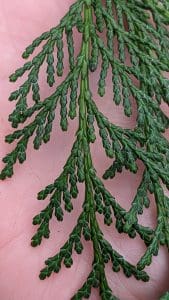
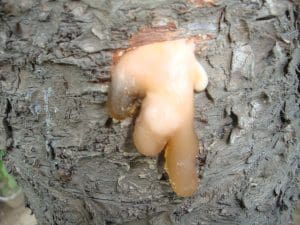
Characterised by their green scales instead of needles, some people can find they get a rash when touching cypress trees, Also occasionally from the resins of many conifers, which is a honey looking thick liquid that oozes out of injured bark and dries solid.
There we have it, I think we’ve pretty thoroughly covered a number of plants and trees that could cause us issues when touching them.
They come in many shapes and sizes, but if you learn to recognise them you can hopefully avoid touching them. Come on one of our courses to learn more!
Happy Foraging
Resources
Here’s a list of toxic plants provide by Wigan council for extra reading





